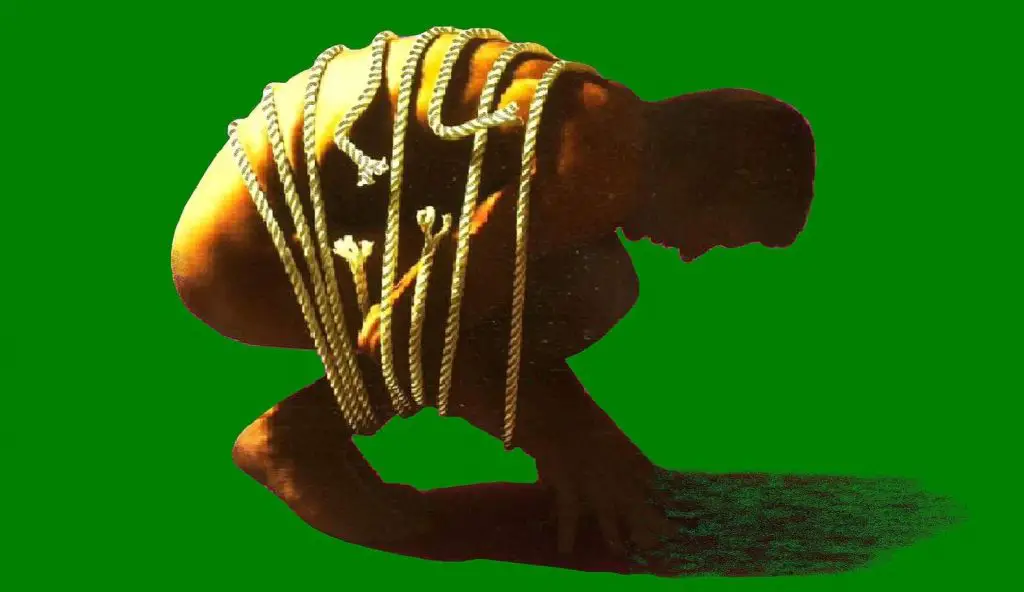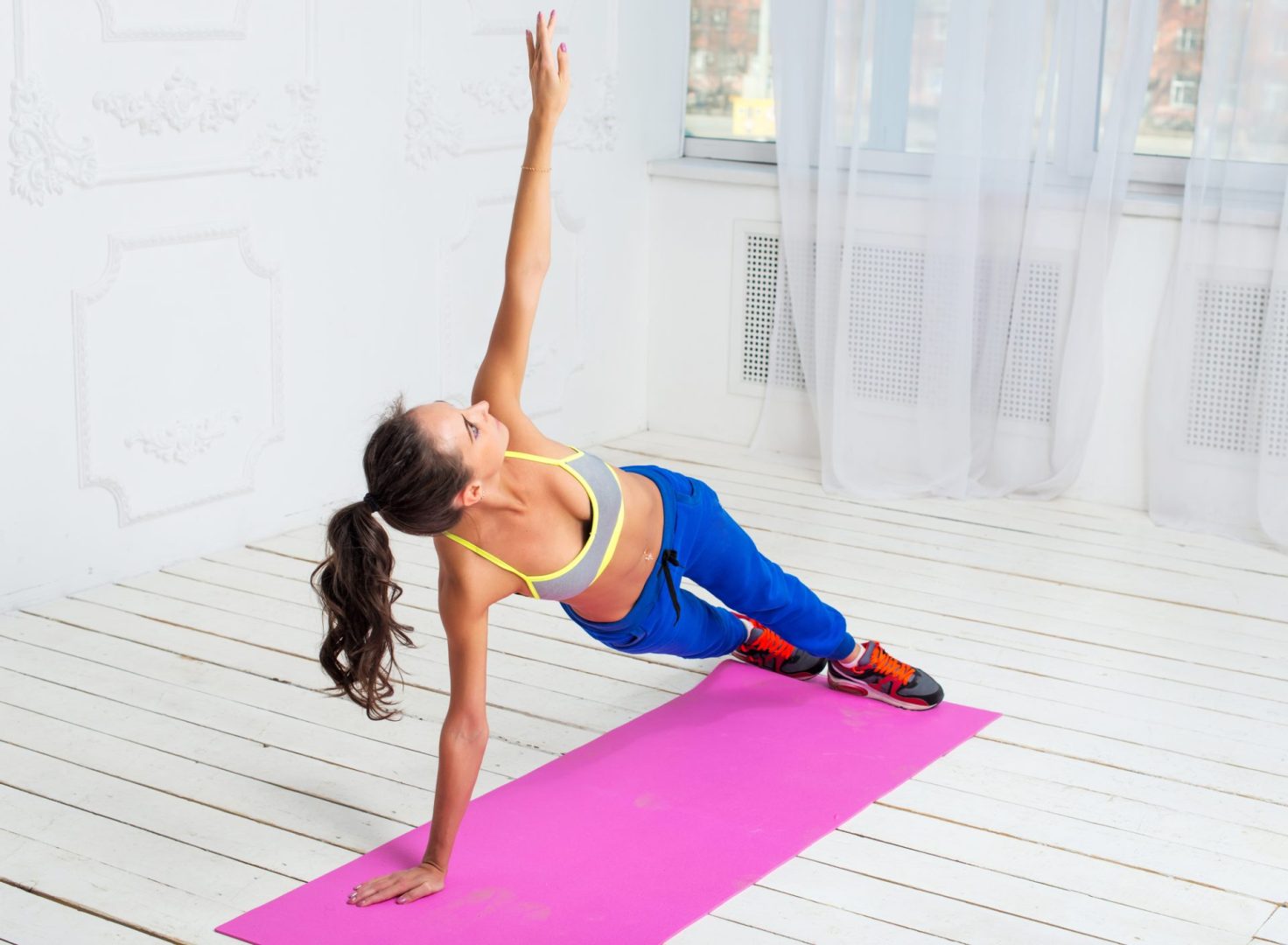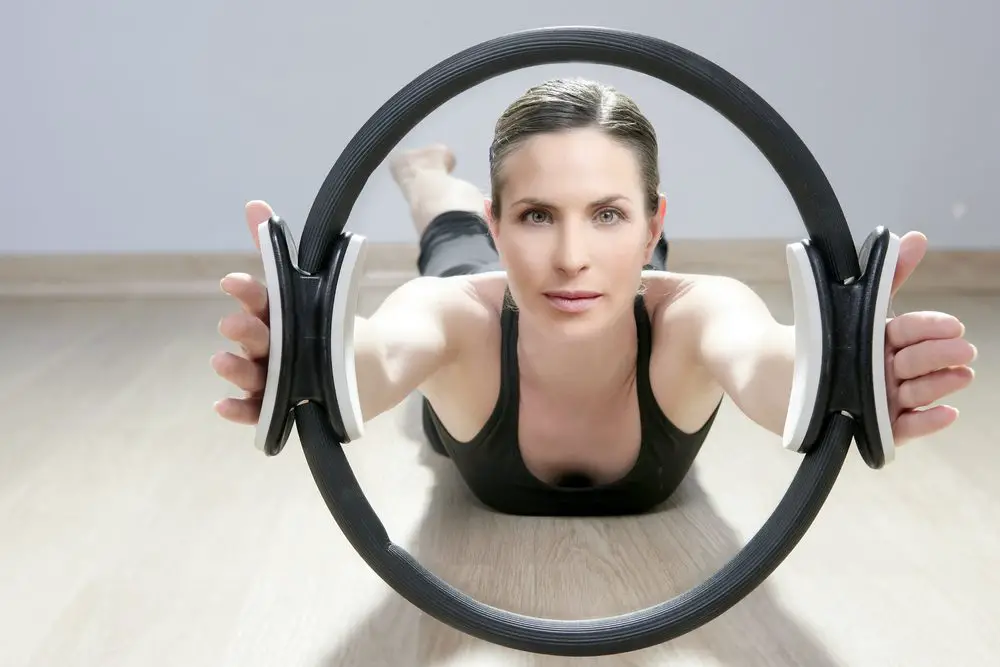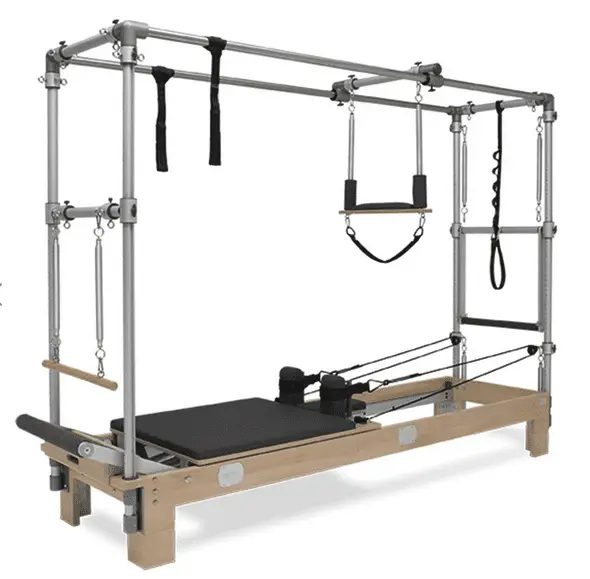Exercise

Pilates for Chronic Low Back Pain
As Pilates instructors, we have all encountered individuals who suffer from back pain. Back pain is ubiquitous – 8/10 people will experience it in their lifetime. It has significant financial costs and is challenging for conventional healthcare to treat.
Pilates is an excellent modality to combat back pain. The slow pace of the exercises, the emphasis on proper breathing and the focus on alignment make Pilates a practice that is both therapeutic and strengthening in design.
Pilates for Relief
The routine presented is made up of Classic Pilates exercises with modifications as well as simple stretches. They will not only help during an acute exacerbation but can also reduce the likelihood of the pain becoming a chronic condition. It is indisputable that each and every body is different and that are various causes and origins of back pain. However, working with people of all ages and limitations over the past four years, I have discovered my “go-to” exercises to alleviate discomfort in most of my clients. The following are five Pilates exercises which have been modified to remedy the common problem of back pain.
Before you start
I have found that starting supine is the safest way for your client to start their back care exercises. In this position, the client should keep their knees bent and their feet flat on the mat. This will mitigate any arching in the back and allow the lumbar spine to naturally fall towards the floor. If this is still uncomfortable for him or her, place a large exercise ball underneath their legs for full support letting the calves rest on top of the ball. Take this time to check in with your client. Ask how they are physically feeling and how strong the pain or discomfort is. I will often use the scale (1-10) of pain to get a sense of how they are feeling. Most importantly, allow a few moments here to educate (or reeducate!) on the importance of breathing. The Pilates principle of breath is fundamental in releasing pain. By helping your client learn deep lateral and abdominal breathing you are giving them a tool they can use anywhere during a backache, flare-up or little twinge of pain. Learning to properly use the muscles of the diaphragm will also act as preventative care to avoid future back distress.
The program
For the following exercises you will want to provide a firm but comfortable surface for your client. Often the floor or even the Cadillac may be too hard on the spine. In this case a thick mat or pad can be used for support. Have a rolled towel nearby to place under the neck. This is essential if kyphosis is present and there is an extra large gap between the neck and the mat.
Exercise 1: Modified Hamstring Pull with resistance band
-Tight hamstrings are often a culprit of low back pain. When these muscles are short (often due to prolonged sitting) they can pull on the back and cause discomfort.
Start supine with the knees bent and the feet on your mat. Place the resistance band around the bottom of the right foot. Straighten the leg upwards towards the sky holding each end of the resistance band in each hand. Feel the stretch in the hamstring and back of the knee. For a more intense stretch, lengthen the left leg out along the mat. Hold for at least thirty seconds. To switch, place the left foot in the resistance band, remove the right foot, and place the right foot to the floor. Again, stretch the right leg out for a stronger sensation and hold the stretch for thirty seconds or longer. Always aim for a stretch not a strain!
Exercise 2: Windshield Wipers
-Though “Windshield Wipers” is not a Classic Pilates pose, I have found it to be a consistently effective stretch with back pain sufferers. The exercise stretches the low back, glute, and hip while also opening up the rib cage and shoulders.
Start supine with the knees bent and the feet flat the width of the mat. Inhale and drop your knees to the right. Exhale and stretch your left arm back behind you. Take a few moments here (again, about thirty seconds) breathing into the left side of the rib cage and encouraging the knees gently towards the floor. Bring the knees and arm back to center. Repeat on the other side.
Exercise 3: Modified Supine Spine Twist with exercise ball
-I love this exercise as a safe abdominal strengthener. The ball holds the weight of the legs allowing the transversus and obliques to do the work.
Start supine with the legs completely supported on an exercise ball. Bend the knees so the ball is close. Take the arms out to the sides with the palms facing down. Inhale and lower the legs to the left, gently hugging the ball with the hamstrings and calves. Exhale and draw the ball back to center. Repeat on the other side.
Exercise 4: Modified Pelvic Curl with exercise ball
-Though pelvic tilts may seem like the more appropriate pelvic exercise for back pain, in my experience the subtle movement of a pelvic tilt is often difficult to grasp resulting in clenching of the glutes and overarching of the back. Try this pelvic curl for a more fluid movement.
Start supine with the legs in table top over the exercise ball so they are fully supported. Inhale to prepare, exhale while slowing lifting the hips off of the floor while simultaneously straightening the legs. Pause at the top for another inhale, exhale and slowly roll down vertebrae by vertebrae. Repeat 3-6 times.
Exercise 5: Modified Rest Position
-This version of rest pose is a contribution from Faith Hsu, NP, MSN. Late in her third trimester, Faith experienced low back discomfort that was alleviated with this pose. It can also be done over a chair or couch.
Transition on to your knees and place the ball in front of you. Fold your arms on top of the ball and rest your head on your arms. Let your back gently arch by allowing the belly to relax towards the floor. Take several moments here to breath and relax.
Though I feel this sequence is safe enough to do with most back pain sufferers, never forget the importance of checking-in and LISTENING to your client. No one wants to be in pain! Allow your Pilates sessions to be a conversation with your client – finding the poses and stretches that feel best for them. Honor the work and the process and use it to educate your clients to feel and move in the most beneficial way possible.




